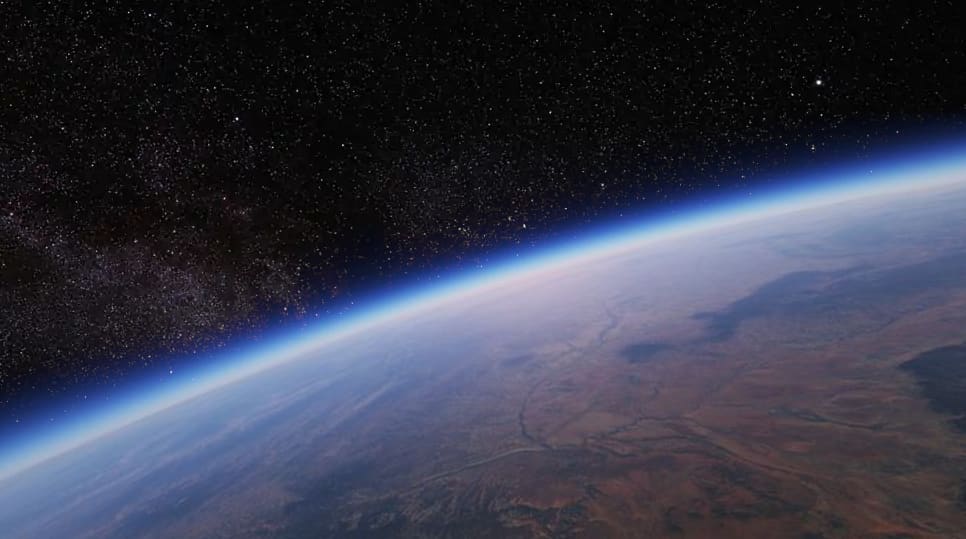Google Earth received its first big update since 2017 on Thursday. The highlight is a new Timelapse feature that lets you see how much the earth has changed in the past 37 years, and it’s pretty stunning what you can find.
With Google Earth Timelapse you can search anywhere on the system’s extensive worldwide map and, thanks to more than 24 million satellite photos, compare how that place looked in 1984 versus how it looks today. You can also see how the earth changed during any period between that, or watch a timelapse video and see how global warming, deforestation and urban expansion affected a particular region. Google Earth also has a few highlight sections that show you some of the bigger changes.
You can check it out yourself by visiting g.co/Timelapse and entering in any location or browsing some of the other featured locations.
Here are five of the changes that stood out to me.
Amazon rainforest deforestation in Brazil
Google Earth offers a frightening look at deforestation. Here’s what a portion of the Amazon rainforest looked like in 1984:
Here’s what it looks like as of 2020:
Dubai’s rapid expansion
Here’s a look at Dubai in 1984:
And here’s what it looks like as of 2020:
Shrinking glaciers
The Google Earth update also shows how global warming has shrunk glaciers. Here’s the Columbia Glacier in Alaska in 1984, for example:
Here it is as of 2020:
Energy
The update also has a “Sources of Energy” category that can show you how much mining operations have impacted the planet. Here, take a look at Wyoming’s North Antelope Rochelle coal mine in 1984:
And here it is in 2020:
Reclaimed earth
Another feature under the “fragile beauty” section of the Google Earth update shows changing coastlines from rising water levels or erosion from natural disasters. In this neat example, you can see how farmland from 1984 has transformed back to forests following the collapse of the Soviet Union.
Kirov, Russia in 1984:
Kirov, Russia in 2020:
